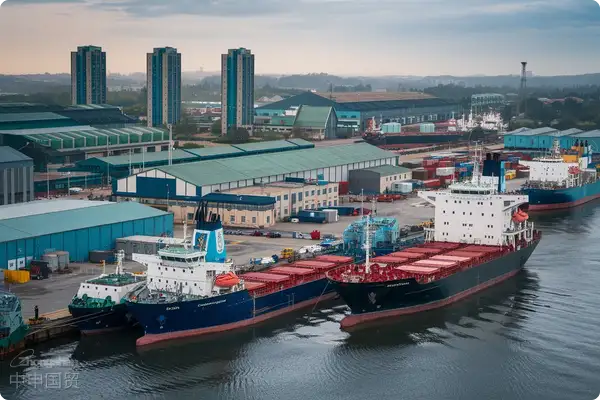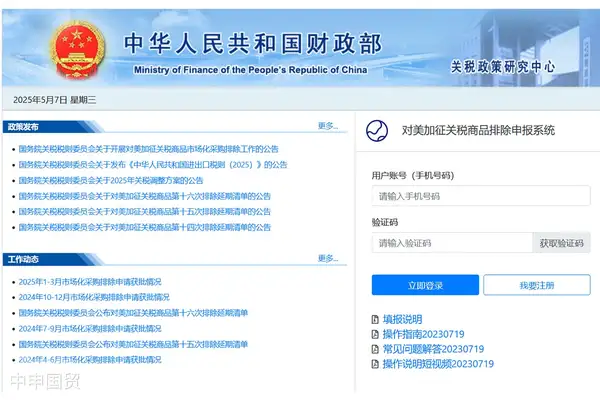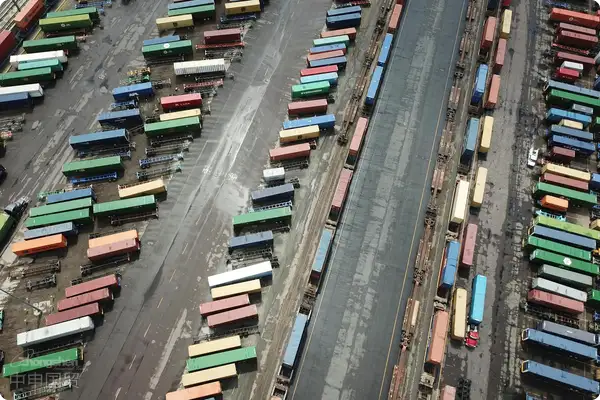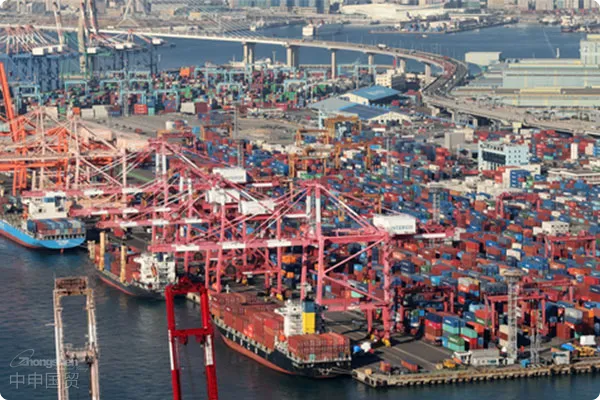- Shanghai Zhongshen International Trade Co., Ltd. - Two decades of trade agency expertise.
- Service Hotline: 139 1787 2118
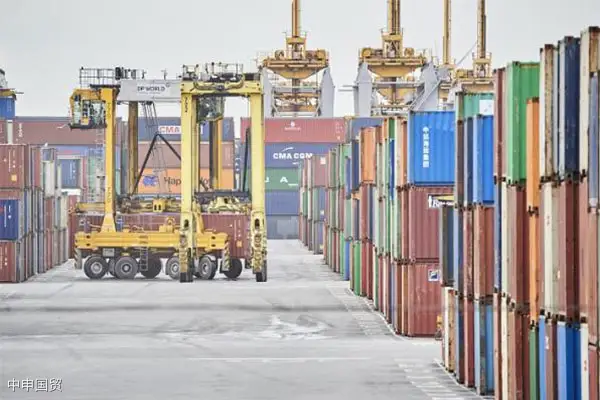
Teachingequipment. For example, Indonesia has the SNI certification, Thailand has the TISI certification, and the Philippines has the BPS certification. It is necessary to confirm in advance the equipment voltage (such as 380V/50Hz in Thailand), the compatibility of the CE certification, and the proof of environmentally friendly materials.The hidden reefs and coping strategies
Against the backdrop of a general 15% increase in the equipment procurement budget of universities in 2025, a case where a 985 university was subject to an administrative penalty of 1.26 million yuan due to incorrect classification of imported electron microscopes has caused a stir in the industry. The special regulatory requirements for importing teaching and research equipment are becoming a major issue faced jointly by purchasers and agency service providers.
The four key difficulties in the entire import process
Difficulty 1: Multiple judgments of commodity attributes
- Identification standards for scientific and educational equipment: It must meet both the Implementation Measures for Tax Exemption of Scientific and Educational Supplies and customs classification rules
- Typical case: An imported laser was reclassified as industrial equipment due to exceeding the power standard, and 830,000 yuan of tax was paid in arrears
Difficulty 2: Dynamic adjustment of tax exemption policies
- New regulations in 2025: New import restrictions on nanoscale testing equipment
- Extension of the tax exemption catalog: 3D bioprinting equipment is included in the scope of scientific and educational tax exemption for the first time
Difficulty 3: Special logistics requirements
- Transportation standards for precision instruments:
- The utilization rate of constant temperature and humidity containers is increased to 92%
- The cost of shock-proof packaging accounts for 3 - 8% of the cargo value
Difficulty 4: Superposition of compliance risks
- Cross - review of US EAR export control and domestic dual - use item supervision
- The follow - up use supervision and traceability mechanism for imported equipment
The value realization path of professional agency services
Solution 1: Establish a pre - classification database for commodities
- The service cycle of customs pre - classification ruling is shortened to 5 working days
- The update frequency of the HS code dynamic monitoring system reaches once a day
Solution 2: Build a policy matching model
- The intelligent matching accuracy rate of tax exemption policies is 98.7%
- The declaration material integrity verification system covers 23 necessary documents.
Solution 3: Customized logistics solution design
- Multimodal transport solution optimization:
- Maritime Transportation+ The cost of the professional road transportation combination solution is reduced by 27%.
- UrgentAir TransportationThe channel response time ≤ 4 hours
Solution 4: Whole - process risk management
- The compliance review nodes are expanded from 3 to 11.
- The retention period of post - audit support services is extended to 3 years.
Typical service case analysis
A provincial key laboratorys imported cryo - electron microscope system project:
- Challenge: The equipment components involve 4 different customs codes.
- Breakthrough: Adopting a batch - by - batch declaration strategy saves 410,000 yuan in tariffs.
- Achievement: The overall customs clearance time is compressed to 72 hours.
The core value of professional agency services lies in transforming scattered regulatory requirements into a systematic operation process. By establishing a commodity - policy - logistics three - dimensional management system, it can help the purchaser reduce the comprehensive cost by more than 25% and at the same time control the compliance risk within a controllable range. Against the backdrop of stricter import supervision in 2025, choosing an agency service provider with practical experience in scientific and educational equipment has become a key decision to ensure the smooth implementation of scientific research projects.
Related Recommendations
? 2025. All Rights Reserved. Shanghai ICP No. 2023007705-2  PSB Record: Shanghai No.31011502009912
PSB Record: Shanghai No.31011502009912

